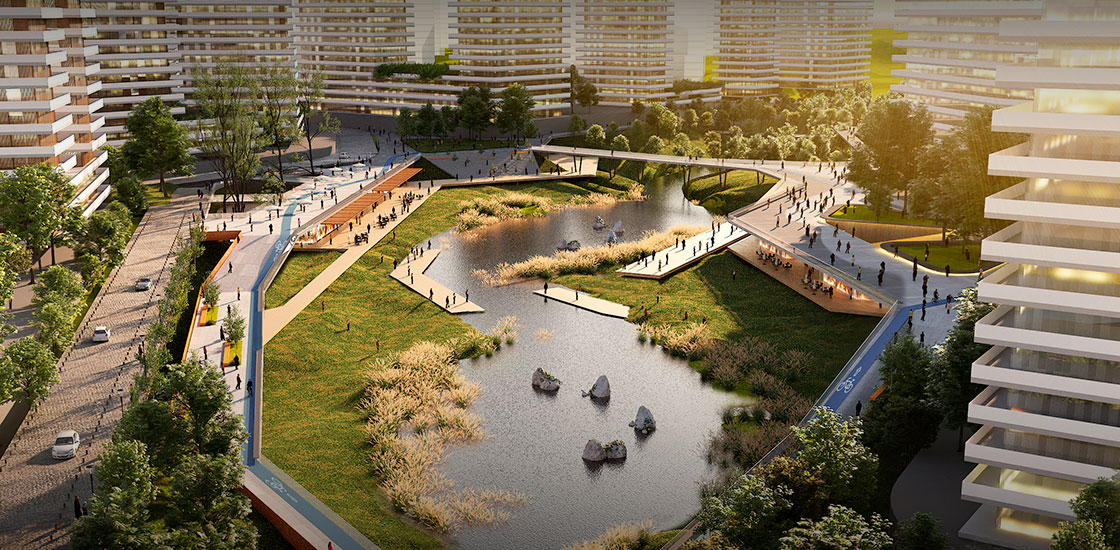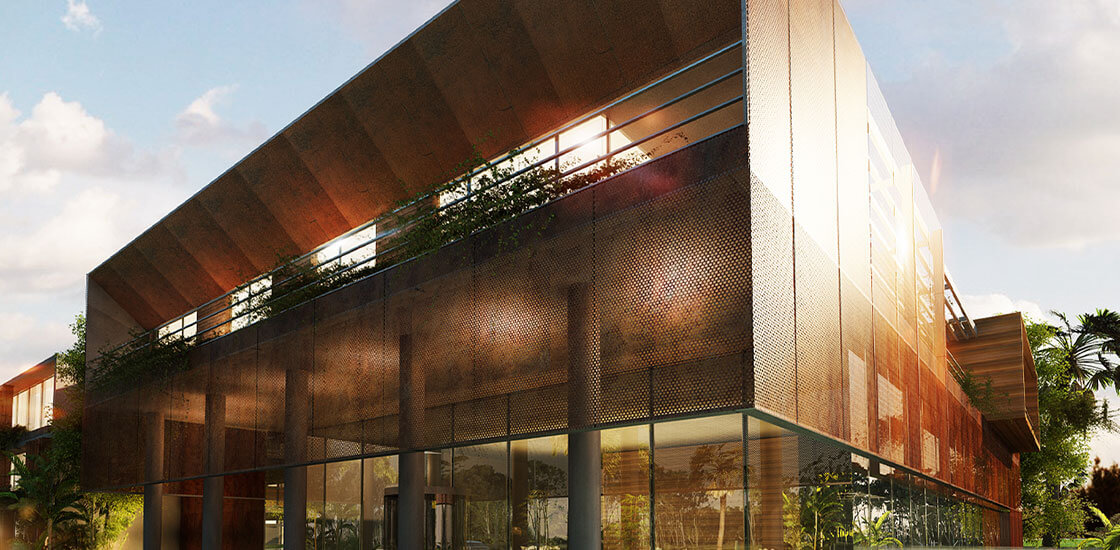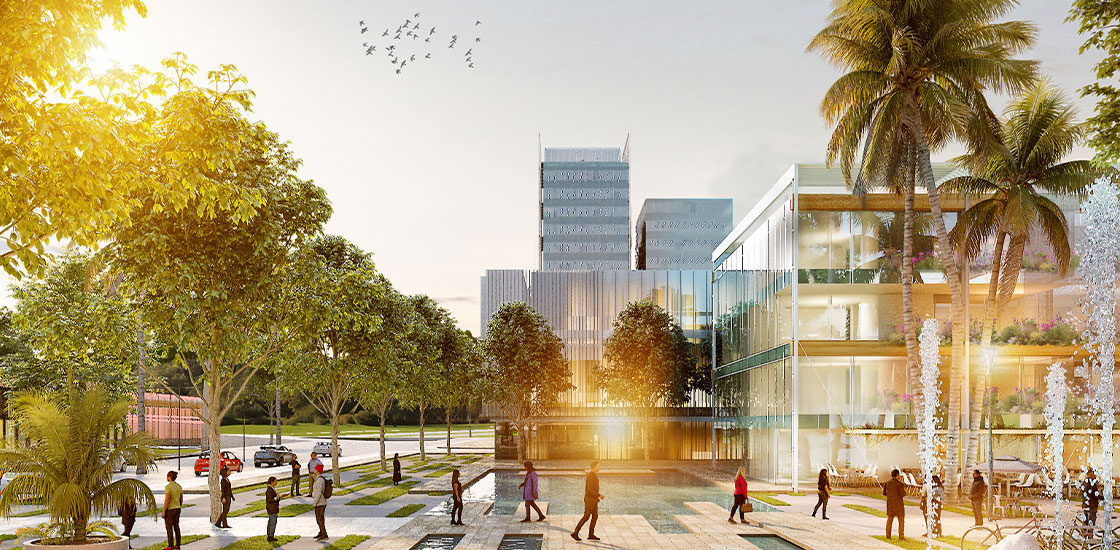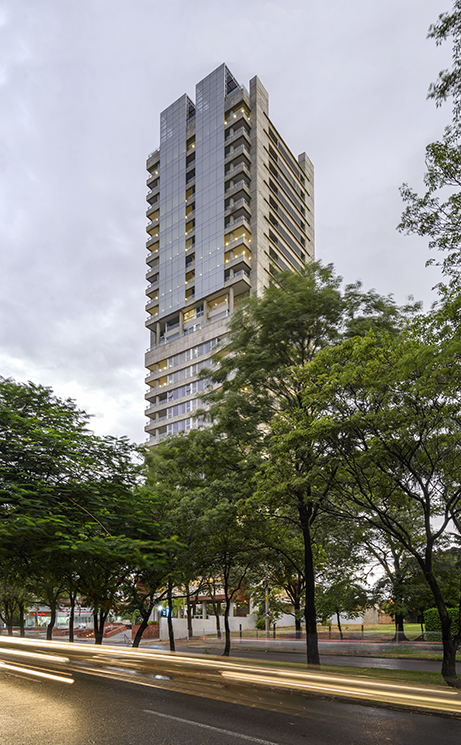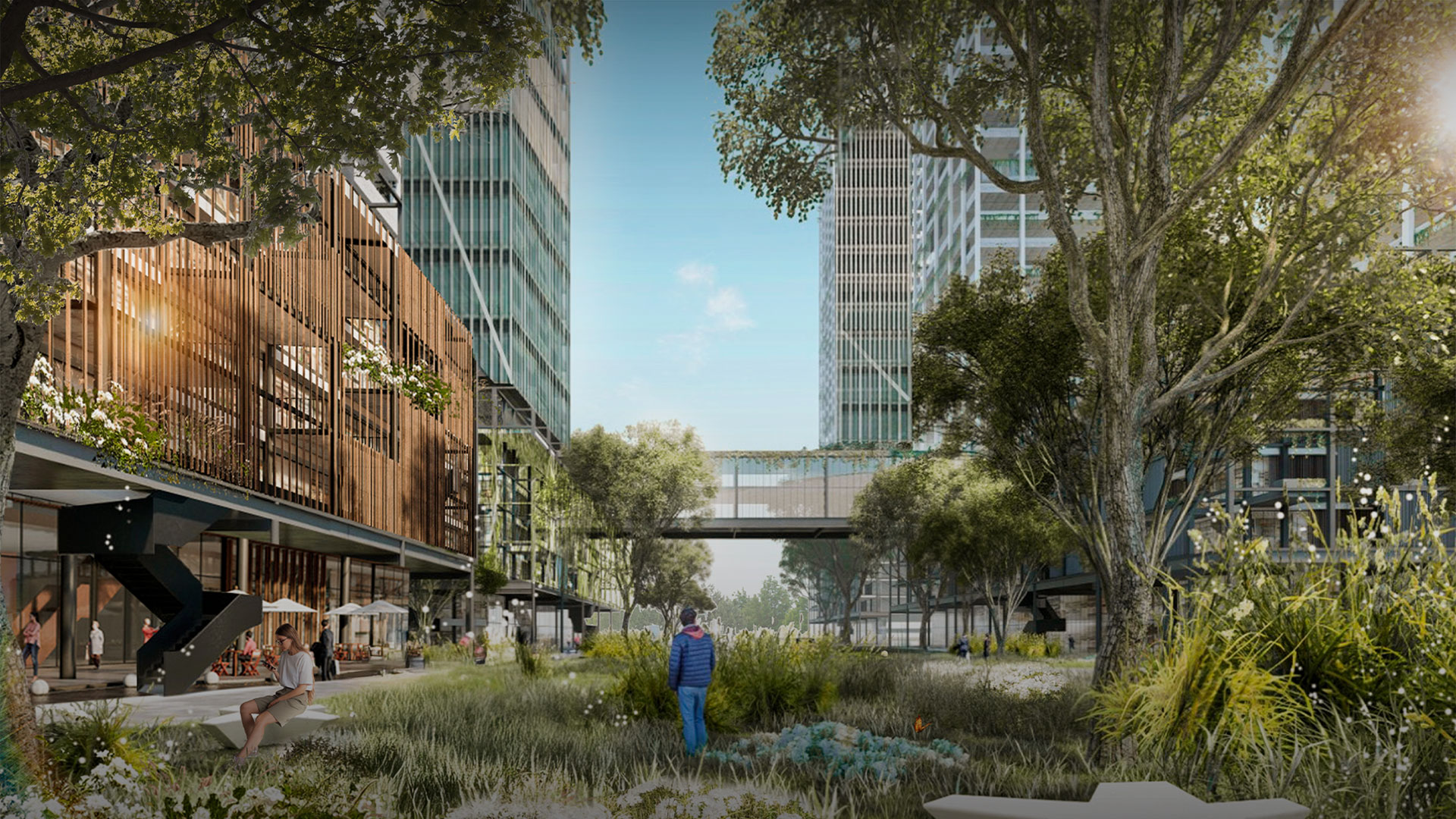

Reading Time: 8 minutes
Publication Date: 10/14/2025
In today’s context, the built environment faces the dual challenges of the climate crisis and the growing demand for infrastructure driven by population growth. Architecture and urbanism are moving toward the adoption of sustainable materials and greater integration of nature into projects. Urban renaturalization and green infrastructure are setting new trends, aiming to redefine the future of cities and promote more resilient environments.
As a child, Kongjian Yu explored the wetlands and riverbanks of his village in Zhejiang province, southeastern China. One day, while playing near the water, he was swept away by the current and nearly drowned. It was then that some reeds, firmly rooted on the shore, offered him an unexpected lifeline. Years later, that childhood experience would become the seed of one of the most influential ideas in contemporary architecture and urbanism: the concept of “sponge cities.” As a professor, architect, landscape designer, and urban planner, he first introduced the concept in 2013 at Peking University.
Kongjian Yu, who recently passed away in a plane crash in Mato Grosso, Brazil, while filming a documentary on the Pantanal wetlands, is internationally recognized for this proposal, which is transforming how cities address climate change and the challenges of urbanization.
What are sponge cities?
The idea behind a sponge city is, at its core, simple: instead of relying on concrete to channel and drain rainwater, the approach is to work with nature to absorb, purify, store, and reuse it. A sponge city absorbs and retains excess water from rain, storms, or floods in its green spaces, effectively acting as a sponge.
However, it’s not just about restored wetlands or riverbanks: a sponge city is an urban environment rich in natural or “green” elements. These spaces range from trees and green areas to parks, lakes, and even green roofs. These nature-inspired urban features are part of a city’s green infrastructure and are increasingly present in sustainable urban planning.
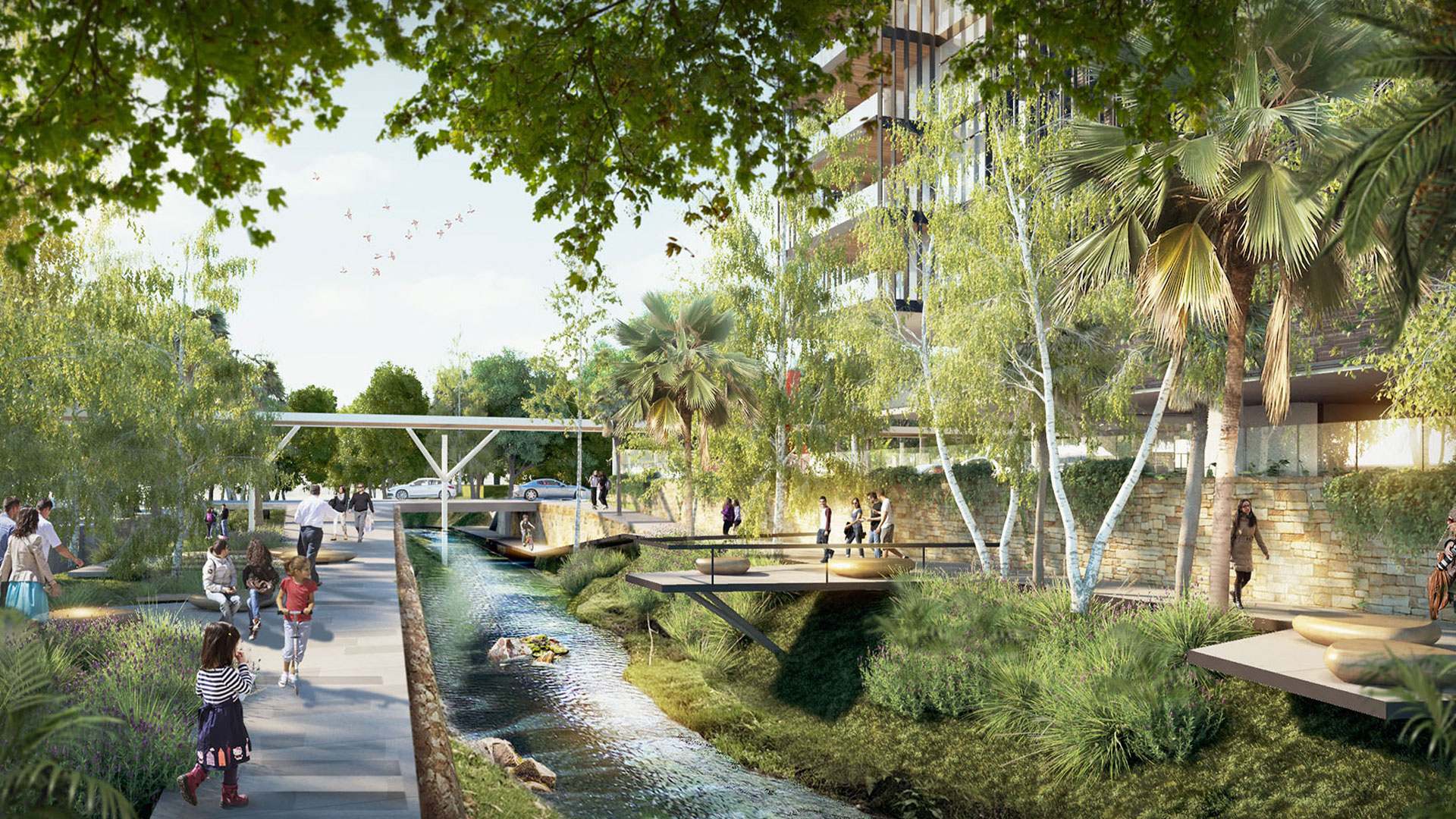
While more and more cities are being designed with these concepts in mind, there are also opportunities to iterate in spontaneously developed or unplanned urban environments. A city’s “sponginess” is not a fixed condition, but the result of urban design decisions and strategies that can be iterative and adaptive. By incorporating infrastructures like those mentioned above, it’s possible to increase the city’s capacity to absorb and retain water, thus improving resilience to floods and droughts. These interventions not only mitigate water-related risks but also provide additional benefits, such as improved air quality, the creation of habitats for biodiversity, and the generation of climate comfort spaces for residents. Moreover, the creation of green spaces through urban renaturalization and biophilic architecture fosters contact with nature, which translates into proven mental and physical health benefits, strengthening community bonds and quality of life in cities.
Cities as diverse as Shanghai, New York, and Cardiff are adapting their “sponginess” through urban gardens, improved river drainage, and tree-lined sidewalks, among other strategies.
Urban permeability is a quality that can be quantified using methodologies developed by teams such as Arup, a global design, engineering, and consulting firm specializing in the built environment, which has collaborated with international organizations on sustainable development. The measurement of sponginess is based on analyzing the percentage of urban surface occupied by green and blue infrastructure—parks, gardens, bodies of water, and ecological corridors—in relation to gray infrastructure, such as buildings, pavements, and road networks. In addition, the water retention capacity of urban soils and the density of vegetation in each area are evaluated. This approach helps to understand the city’s potential for water absorption and regulation, as well as its degree of integration with natural cycles.
Four Examples of Sponge Cities
Shanghai, China
In China, 641 out of 654 cities face recurring flooding problems. To address this, the government launched a pilot sponge city program in 30 selected cities. In Shanghai, the “Starry Sky” park is part of this strategy, contributing to flood management and controlling land subsidence.
Berlin, Germany
Berlin differs from other German cities in that it sources its drinking water from underground, without using pipes from springs. After suffering flash floods in 2017, the city adopted the principle of sponginess, which is now a legal requirement for new urban developments.
Jakarta, Indonesia
Jakarta is sinking at such a rate that Indonesia decided to build a new capital 1,000 km away. Many believe the sponge city model is the only way to preserve Jakarta.
Auckland, New Zealand
According to research by Arup, Auckland leads in urban sponginess, with 35% of its surface covered by green areas or bodies of water, thanks to its geography and urban design. The city has historically suffered from flooding, which has driven the adoption of this approach.
Green Infrastructure and Urban Renaturalization
Urban renaturalization is a key element in shaping sponge cities and is central to building resilient cities. This perspective proposes the deliberate integration of green elements and spaces into the urban fabric, from streets and squares to rooftops and facades. In dialogue with biophilic design, contemporary green infrastructure goes beyond ornamental function to become an active system of environmental and social regulation. Urban renaturalization thus redefines the relationship between the built and the natural, promoting healthier, more livable environments capable of adapting to the challenges of climate change.
Urban renaturalization can be realized through various strategies that enrich the urban fabric and foster a more harmonious relationship with nature. Among the most relevant methods are the implementation of groundscrapers—low-rise buildings that maximize green surface area—the systematic planting of street trees, the integration of green roofs and walls, the creation of small vegetated spaces between buildings, the development of urban gardens, and the establishment of urban forests or mini-forests. These interventions, coordinated through planning and design, allow for the reconfiguration of urban experience and progress toward more resilient environments.
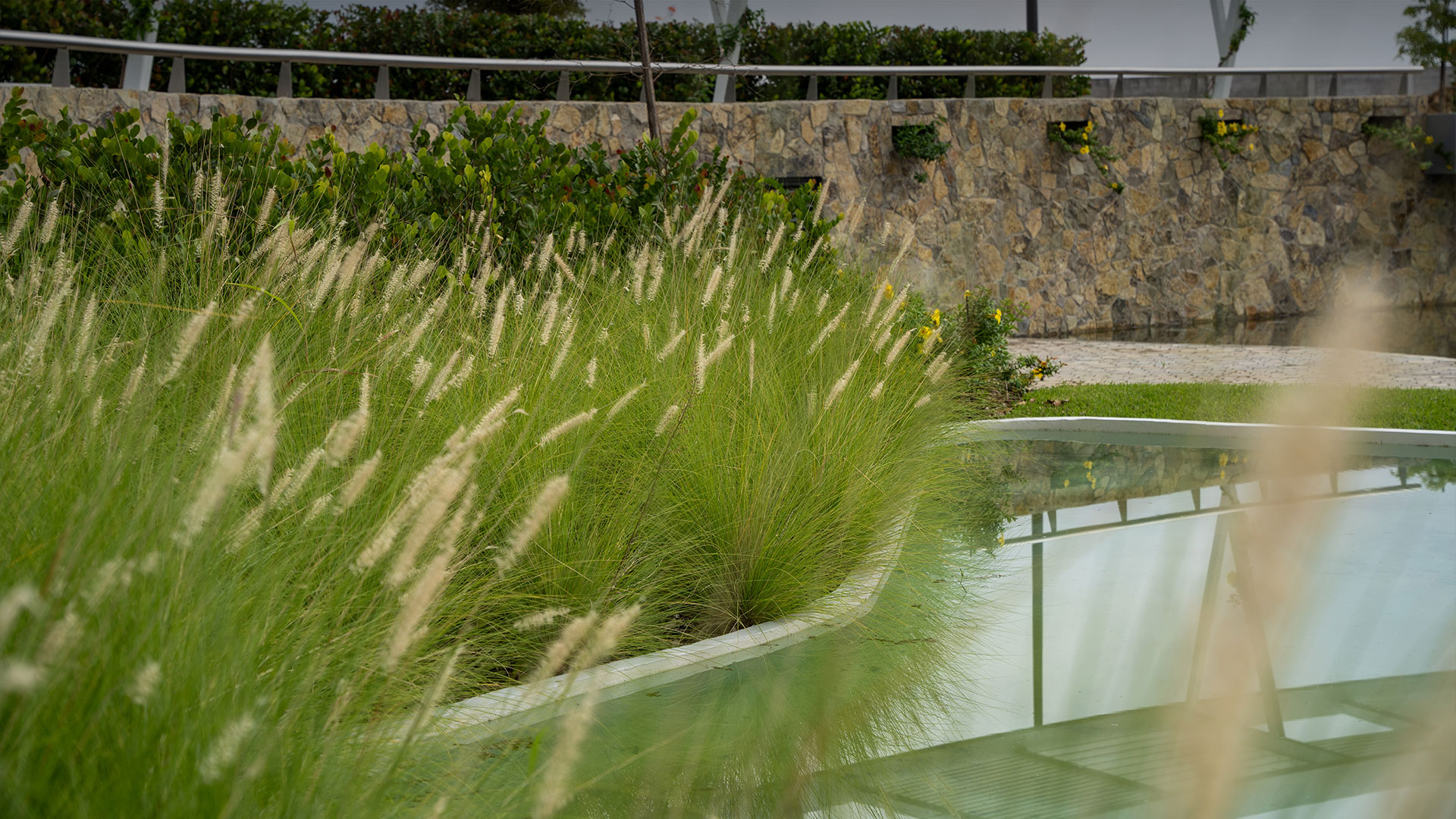
Benefits of Urban Renaturalization:
- Offsets carbon emissions. Urban trees and plants capture CO₂ and improve air quality.
- Enhances residents’ well-being. Contact with nature reduces stress and mental health issues.
- Improves air quality. Green areas absorb pollutants and release oxygen.
- Reduces noise pollution. Vegetation dampens noise from vehicles and machinery.
- Mitigates urban heat and reduces the greenhouse effect. Green spaces cool the city and reduce exposure to extreme heat.
- Reduces flood risk. Green areas retain and filter rainwater.
- Fosters biodiversity. Provides habitats for birds, bees, and other urban species.
Green spaces inspired by the logic of forests not only transform the urban landscape but also reshape the interaction between city and nature. These environments, designed to efficiently manage water, capture carbon, and support biodiversity, contribute to the creation of new urban ecosystems. Their integration into urban fabric provides ecological continuity, improves connectivity between green areas, and facilitates the city’s adaptation to contemporary environmental challenges, consolidating a more resilient and balanced urban model.
